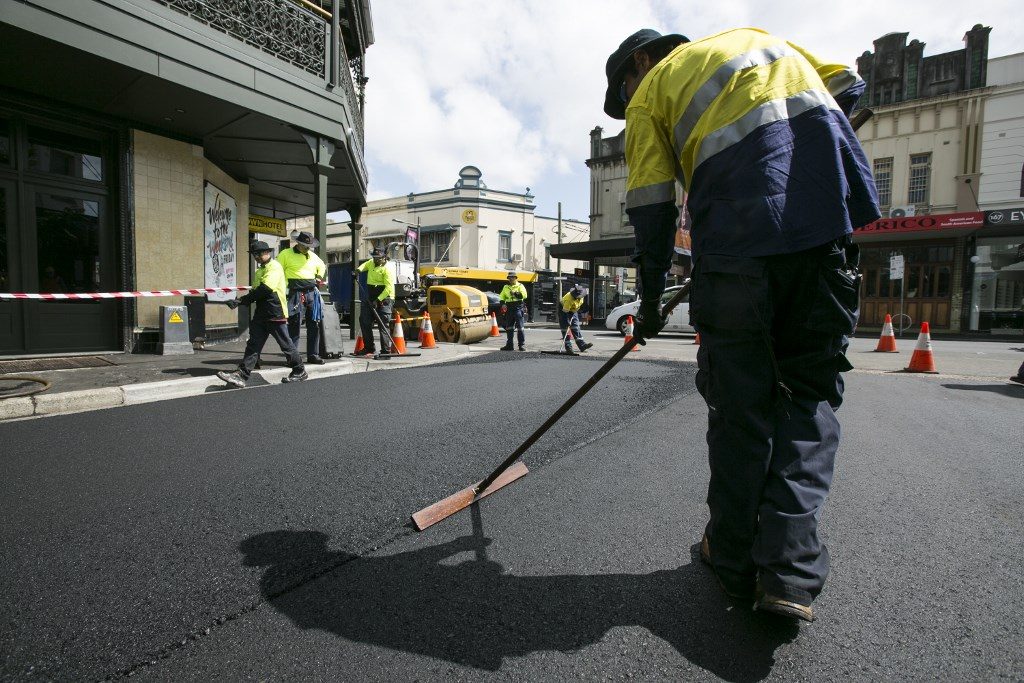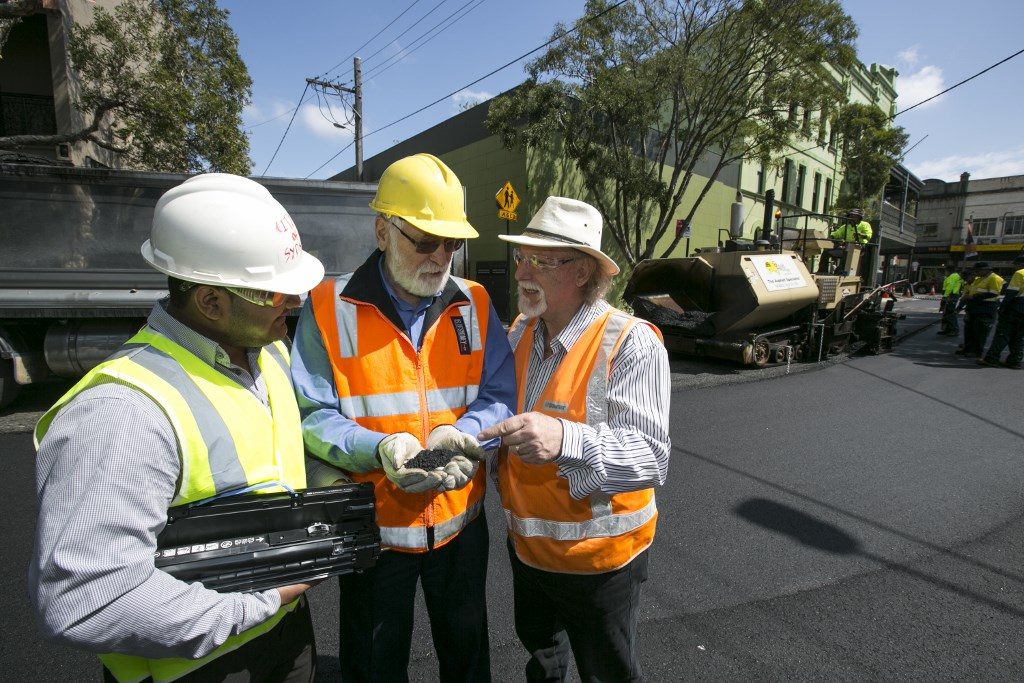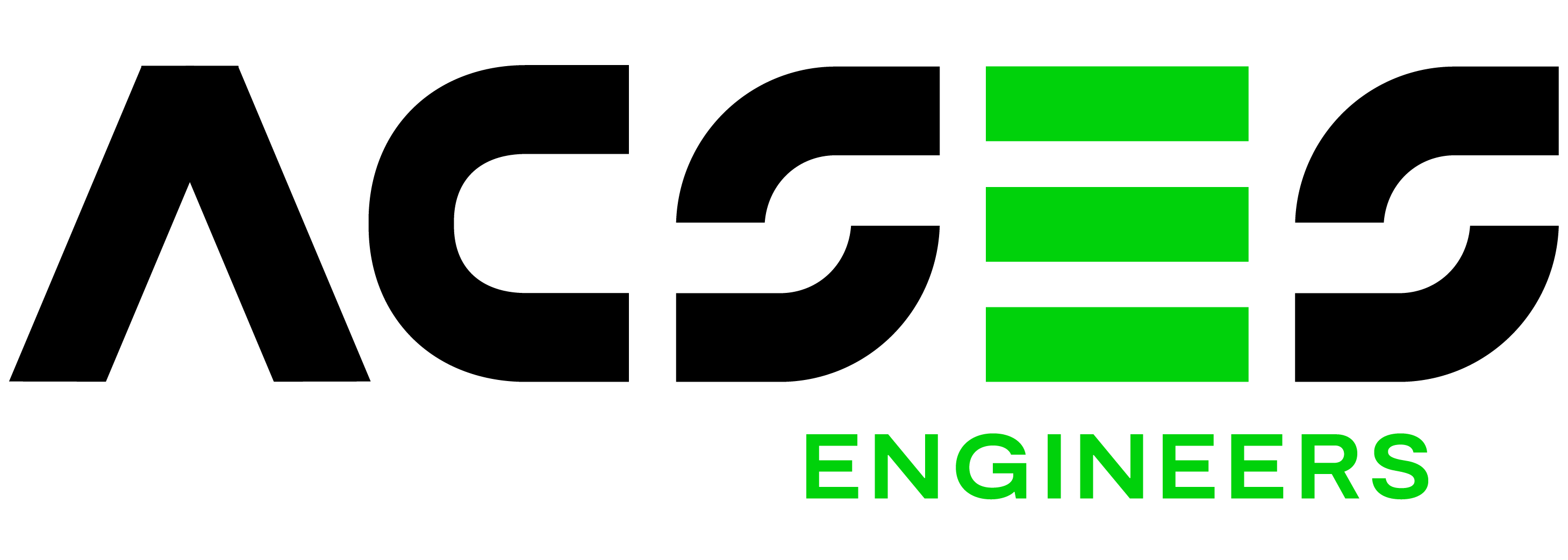Blog
Shaping the future of construction
Skyscrapers of the future will be made of wood and covered in plants
The future of farming is in skyscrapers – not fields
Mashambas is a movable educational center, which emerges in the poorest areas of the continent. It provides education, training on agricultural techniques, cheap fertilizers, and modern tools; it also creates a local trading area, which maximizes profits from harvest sales. Agriculture around the building flourishes and the knowledge spreads towards the horizon. The structure is growing as long as the number of participants is rising. When the local community becomes self-sufficient it is transported to other places.
The structure is made with simple modular elements, it makes it easy to construct, deconstruct and transport. Modules placed one on the other create the high-rise, which is a form that takes the smallest as possible amount of space from local farmers.
The main objective of the project is to bring this green revolution to the poorest people. Giving training, fertilizer, and seeds to the small farmers can give them an opportunity to produce as much produce per acre as huge modern farms. When farmers improve their harvests, they pull themselves out of poverty. They also start producing surplus food for their neighbors. When farmers prosper, they eradicate poverty and hunger in their communities.
Scotland Tidal Power Project
This large-scale tidal power project is revolutionizing renewable energy. It is the world’s first large-scale tidal energy farm. And it’s now under construction in Scotland. Fpur 1.5 MW turbines will be installed underwater. The project will eventually have 269 turbines, enabling the farm to produce up to 398 MW of power, enough for 175,000 homes. Scotland’s tidal energy project will be completed in 2020.
How Russia built Europe’s longest bridge (timelapse video)
3D printed home can be constructed for under $4,000
3D printed home can be constructed for under $4,000
These 3D printed homes can be built in less than 24 hours at a cost of only $4,000. They could help families living in poverty and unsafe conditions. New Story, a housing charity organization, and ICON, a construction tech company, have partnered together. Their goal is to end global homelessness.
An entire community of these 3D printed homes will be constructed in El Salvador. The ultimate goal is to get costs down to $4,000 per house with a build time of fewer than 24 hours.
City of Sydney uses TonerPave
City of Sydney uses TonerPave™
The City of Sydney initially tested the product in 2010 and has since recycled more than 20,000 tons of cartridges. By using TonerPave the city estimates it has reduced emissions by 40 percent compared to if they were using conventional asphalt.

Sydney – September 16, 2014: Resurfacing of Watkin Street, Newtown, using ashphalt containing recycled printer toner (photo by Jamie Williams/City of Sydney)

Sydney – September 16, 2014: (l-r) City of Sydney engineer Iraj Shrestha, Ben Blier and Greg Thompson inspect recycled toner printer pellets that have been added to ashphalt that is being used to resurface Watkin Street, Newtown(photo by Jamie Williams/City of Sydney)
TonerPave™ is a new asphalt, with high recycled content and reduced carbon footprint. TonerPave was developed by Downer and Melbourne company Close the Loop and is the result of a shared culture of innovation and a genuine desire to reduce the companies’ carbon footprint. Downer is one of Australia’s largest, most progressive infrastructure companies, a top tier producer of asphalt and builder of roads. TonerPave is part of a new range of asphalt products supplied by Downer under its ‘Low CO2 Asphalt’ banner.
The key ingredient of TonerPave is MTP (Modified Toner Polymer), which has been developed over many years by Close the Loop® (CtL) and is a prime example of industrial ecology in action. CtL is one of the world’s leading resource recovery companies, with expertise in end of life (EoL) management services for imaging supplies.
Engineer grows giant ice pyramids to store water
Sonam Wangchuk is an engineer who has come up with an innovative way to provide fresh water to villages in Ladakh, one of the high-altitude deserts in the world located in the Himalayas.
Wangchuk sources water from streams and uses it to create artificial glaciers, which store fresh water until it’s needed in springtime.
Wangchuk hopes that if locals adapt now, their descendants won’t become climate refugees. “We in the mountains are minorities, not just ethnically but climatewise,” he says. “Things that work in New York or New Delhi do not work in the mountains. We have to find our own solutions for our problems.”
World’s first electrified road opens in Sweden
The world’s first electric road, which can charge commercial and passenger vehicles while on the move, has opened in Sweden.
The project has been pioneered by eRoadArlanda, a consortium of 22 companies including Sweden’s national postal service, PostNord, and energy giant Vattenfall.
It is estimated that the innovation can help reduce carbon dioxide emissions by 90 percent and could help Sweden meet its target to significantly decarbonise its transport sector. The government has a target of reducing carbon emissions by 70 percent in the sector by 2030.
